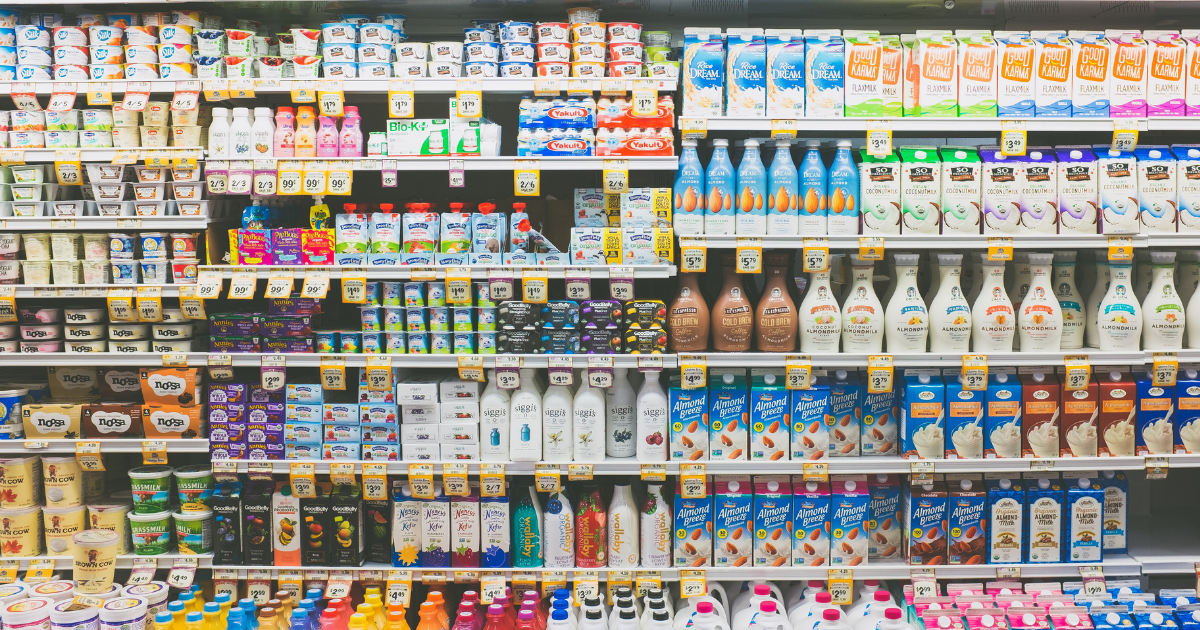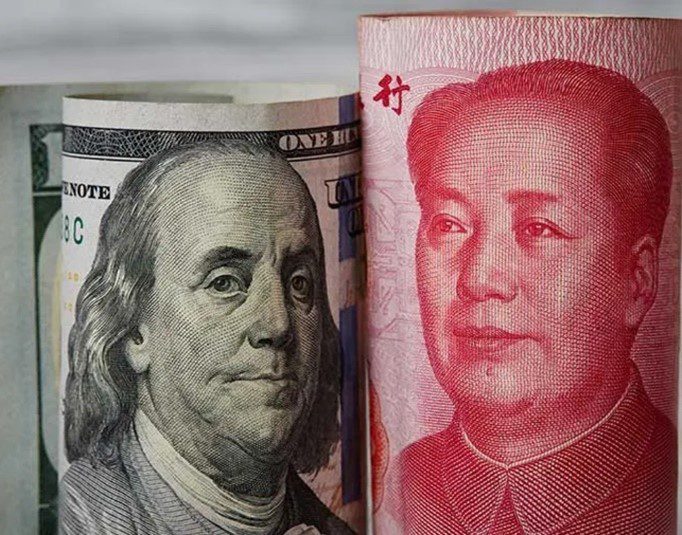China’s middle-class is growing at breakneck speed and so are consumers’ wallets. Higher purchasing power has led to new consumption patterns and habits, especially when it comes to imported food. Foreign investors are naturally setting their eyes on the Chinese F&B market as affluent mainland consumers are becoming increasingly discerning.
Take a look at some of our previous posts: China’s Environmental Protection Tax Law to Reduce Pollution Levels
How Big is the Food and Beverage Market?
If you only need to remember one thing from this article, remember this: China is the world’s largest food and beverage market. It took the top spot over the US back in 2011 and has kept growing at a robust pace ever since.
In fact, revenue from the F&B segment is forecast to reach US$21,945 million this year, a +19.3% growth year-on-year. In comparison, revenue from the F&B sector in the USA is projected to surpass US$18 million.
China also boasts the title of largest food importer. In 2018 its food imports exceeded US$70 billion, a historic first. To help you put things in perspective, this is more than Myanmar or Luxembourg’s GDP. A recent industry report published by the CFNA (China Chamber of Commerce for I/E of Foodstuffs, Native Produce and Animal By-products) shows that China’s food imports increased fifteenfold between 1997 and 2017, with a CAGR of 14.6%.
At this rate, the China will be importing US$100 billion worth of food product by 2021.
Who is China Importing Food From?
The United States, Australia and New Zealand were China’s top 3 sources of food imports in 2017. The three countries combined account for a third of total food imports.
It’s worth noting that the composition of China’s top import partners has changed quite dramatically over the past 20 years. For instance, Vietnam gained 9 spots in the rankings, France gained 11 while New Zealand recorded the sharpest growth, climbing 18 spots.
What Are Chinese Consumers Buying?
Decades of rapid urbanization have brought considerable changes to Chinese people’s diets. The per person average caloric intake is rising faster in China than in anywhere else in the world. In fact, Chinese consumers now eat more meat, by calories, than Americans.
Data by iResearch China shows that imported snacks were the most popular segment among Chinese consumers. This hardly comes as a surprise as overtime is increasingly common and most city dwellers face lengthy commutes, making snacks an attractive “on-the-go” food choice.
Dairy is also a major import category for Chinese consumers as thirst for milk, yogurts and cheese has taken a big jump in recent years. Figures from the China Customs show that in 2018, the import volume of dairy products reached 2.74 million tons, up by 7.8% year-on-year.
Similarly, rapid rise in disposable income has fueled China’s shift to a meat-rich diet. China’s 2019 beef imports are forecast to be double 2016 volumes (from 812k metric tons to 2 million). Recently, imported beef sales have surged in the country following the outbreak of African swine fever, a boon for Australian exporters.
What Does the Average Chinese Consumer of Imported Food Look Like?
Why are Opportunities for Foreign F&B Companies on the Rise?
There are several factors explaining the booming demand for imported food products. First, food safety incidents remain prevalent across the country despite Beijing’s sweeping efforts to regulate the sector.
Take a look at some of our previous articles: China Issues New Guidelines on Food Safety Standards
Repeated scandals that plagued the country over the last few decades have damaged trust in domestic food production standards and motivated consumers to pay premiums for imported alternatives. According to iResearch China, the top reason behind the purchase of imported food was safety and quality (61.6% of respondents) in 2018.
Second, increased disposable income have led Chinese consumers to eat out more, gaining exposure to new cuisines. They also are more likely to travel abroad or study overseas, and tend to be more adventurous regarding the type of food they eat on a daily basis.
Third, imported food is more readily available than ever, both in brick-and-mortar stores and online. Cross-border e-commerce has transformed the way Chinese consumers shop and has allowed fresh imported fruits and meat to be just a click away. China’s cross-border e-commerce retail import penetration rate* increased rapidly from 1.6% in 2014 to 10.2% in 2017 according to Deloitte.
*consumers buying goods through cross-border e-commerce as a proportion of online consumers.
How Can Foreign Companies Export Food to China?
Prospects are bright for imported food sales in China. Between 2014 and 2018, e-commerce giant Tmall has introduced 5,400 foreign F&B brands from 53 countries to China.
Naturally, foreign producers from all around the world are hoping to capture a slice of the market. However, prospective exporters must jump through a lot of bureaucratic hoops before they can get started. China has established strict quarantine and labeling regulations as part of the 2015 Food Safety Law. A series of registrations and licenses must be obtained by both the exporter and the importer.
Before you can start selling your products in China, you must get your products tested in a Chinese laboratory. Last but not least, you will also need to ensure that your labels and packaging are compliant with the latest regulations.
Conclusion
In short, demand for imported F&B products shows no sign of waning. The rise of an army of wealthy Chinese shoppers, combined with domestic challenges in terms of agricultural production offer a host of opportunities for food and beverage exporters. We thus encourage any business looking to tap into the market to seek the help of a specialist to navigate China’s food import regulations.Need advice on setting up your China business? Get in touch with our team for a consultation and follow us on social media to receive the latest news.
Our experienced team has the necessary expertise and the know-how to support you with your business – have a look at the services we offer.
Also, don’t forget to follow us on social media to receive all the latest updates!
See how much salary you receive after tax and check your company value without leaving WeChat!
Also, our Mini Program can estimate the salary in your industry, for your experience level and position. A huge help for salary negotiations!







